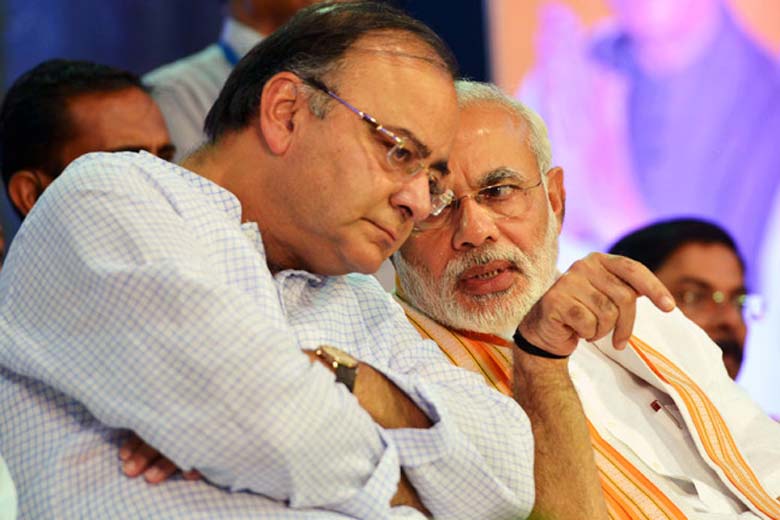As Indian economy struggles with low consumer rate post demonetisation, PM Modi is expected to lower taxes in the Feb. 1 budget to spur consumption. The risk is that a cut in tax will rob Modi of a short-term revenue rush, which his administration had been endorse as proof of success of the currency policy change.
“Economic growth is unlikely to accelerate in the near term on its own so the situation for the government is such that in order to improve their own credibility, the government will have to improve demand for goods and services,” said Nihal Kothari, executive director at tax firm Khaitan and Co. in Mumbai. “So the personal income tax slabs or rate may be reduced in the budget to give higher purchasing power to consumers.”
About indirect taxation: Indirect tax is a tax levied on goods and services rather than on income or profits. Net revenue from customs, excise and service taxes rose 25 percent in April-December from a year earlier, meeting 81 percent of the government’s budgeted target for the year through March 31. The bulk of this however came from a surge in excise collections, underpinned by nine increases in the levy on gasoline and diesel since Modi came to power in 2014. Imposing this tax was relatively simple while global oil prices were low, but could become politically difficult as crude costs rebound.
“The government may be forced to roll back some of the excise increases on fuel as this could feed into inflation,” Kothari said. “So additional tax revenues will come from greater compliance as we near the GST regime and the threat of scrutiny rather than economic growth.”
About direct taxation: A tax, such as income tax, which is levied on the income or profits of the person who pays it, rather than on goods or services. Net revenue from corporation and income taxes rose 15.1 percent April-November from a year earlier, helping meet about 49 percent of the government’s budget goal. Collections rose to 65 percent of the target in December, the government said Jan. 9.
“One of the main reasons for India’s stunted tax base is the lack of trust between the government and taxpayers,” analysts at Kotak, including Sanjeev Prasad in Mumbai, wrote in a Jan. 17 report. “We expect the government to gradually deliver on its vision of moderate tax rates and a broad-based taxation system over the next one or two years with a start in the union budget on Feb. 1, 2017.”
This assessment of sustainability of the tax revenue surge in India amid expectations from the budget was initially published by Economic Times and later curated by Newsd.


















